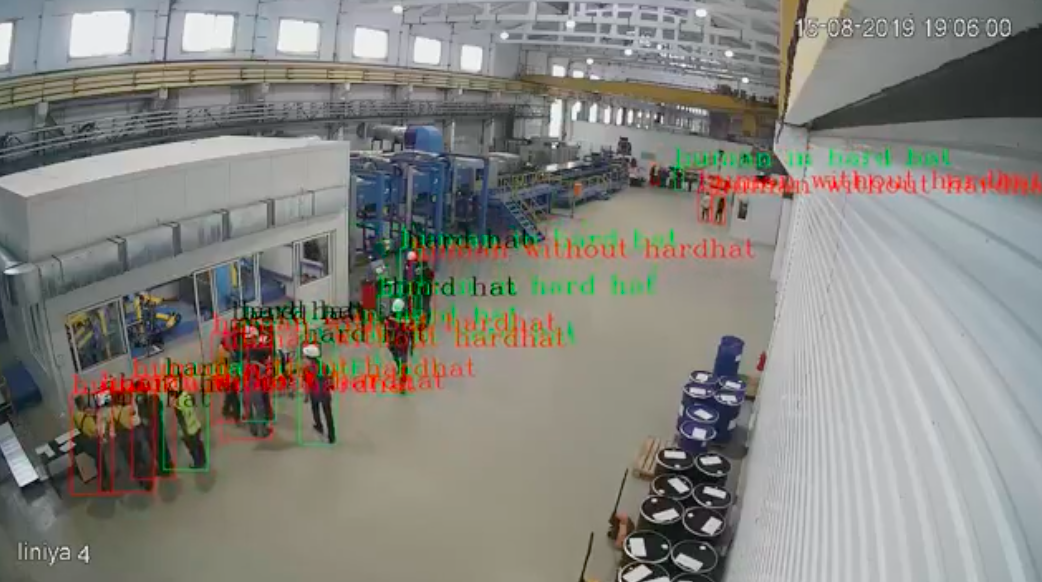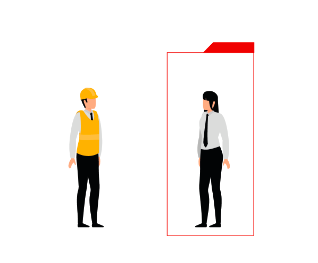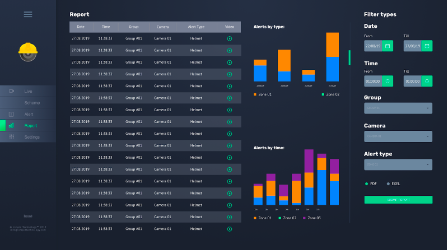

The biggest power plant in Eastern Europe
Power plant requires employees to follow very strict safety rules. The problem for this client was that the number of employees and the quantity of big facilities was sagnificant and it was really hard to watch employees follow the safety regulations. The client wanted a solution that enables automated surveillance of safety regulations, which included wearing safety glasses, safety hard hats and prevent smoking on premises.
After negotiating with client the company came with the plan to create a module micro-services based system to analyze input data flows from different sensors based on computer vision object detetion neural network.


As a result an automated reporting system was created based on analytics of sensor data

Copyright © codective